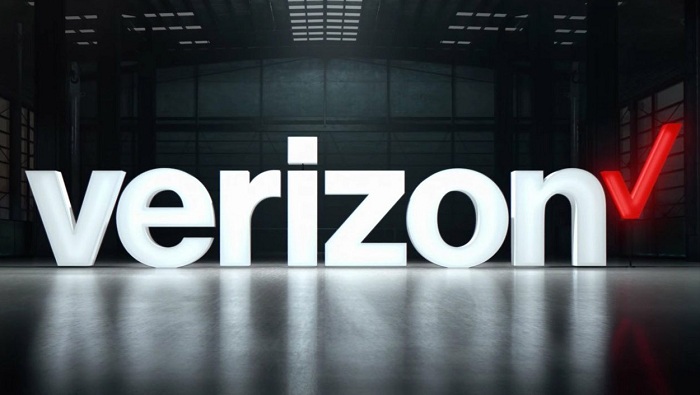Verizon recently completed the first end-to-end fully virtualized 5G data session in the US. This technology milestone provides the foundation for Verizon to rapidly respond to customers’ varied latency and computing needs by providing the foundation for wide-scale mobile edge computing and network slicing. Earlier this month, Verizon launched 5G mobile edge compute live for developers with AWS Wavelength at Verizon’s 5G Edge locations in Boston and the Bay Area. As Verizon extends its MEC leadership, virtualization in the Radio Access Network (RAN) becomes even more important.
Virtualizing the RAN, like the virtualization work previously completed in the core of the network, decouples software and hardware functionality enabling the network to be built on general purpose hardware. Using Common Off-The-Shelf (COTS) hardware leads to greater flexibility and agility in the introduction of new products and services. Instead of adding or upgrading single-purpose hardware, the move to a cloud native, container-based virtualized architecture with standardized interfaces leads to greater flexibility, faster delivery of services, greater scalability, and improved cost efficiency in networks.
“Virtualizing the entire network from the core to the edge has been a massive, multi-year redesign effort of our network architecture that simplifies and modernizes our entire network,” said Adam Koeppe, Senior Vice President of Technology and Planning for Verizon. “Verizon has been on the leading edge of virtualizing the core over the past few years and has been bullish in the design and development of open RAN technology, as well as in the testing of that technology with great success.”
This virtualization will also lower the barrier to entry for new vendors in the ecosystem. New entrants will accelerate innovation, reduce operating costs, and lay the groundwork for flexible network and cloud infrastructure closer to the customer, eventually leading to single digit latency. Key 5G use cases focused on providing the best, most efficient network for customers, will heavily rely on the programmability of virtualized networks.
“Massive scale IOT solutions, more robust consumer devices and solutions, AR/VR, remote healthcare, autonomous robotics in manufacturing environments, and ubiquitous smart city solutions are only some of the ways we will be able to deliver the promise of the digital world. Advancements in virtualization technology are critical steps towards that realization,” said Koeppe.
About Verizon
Verizon Communications Inc. was formed on June 30, 2000 and is celebrating its 20th year as one of the world’s leading providers of communications, information and entertainment products and services. Headquartered in New York City and with a presence around the world, Verizon generated revenues of $130.9 billion in 2018. The company offers voice, data and video services and solutions on its award-winning networks and platforms, delivering on customers’ demand for mobility, reliable network connectivity, security and control.




















